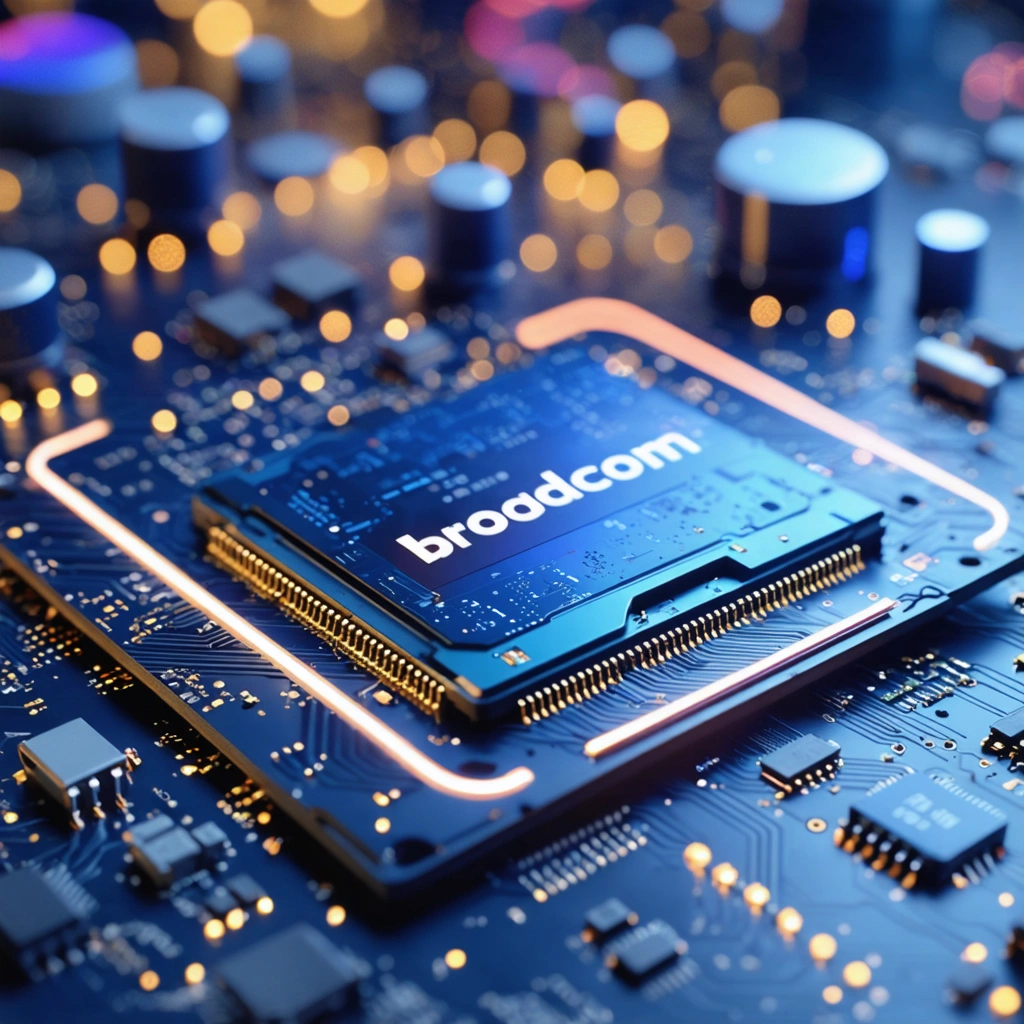
In recent developments, Broadcom surprised investors by opting to allocate its cash reserves toward repurchasing up to US$10 billion of its common stock. This decision raised eyebrows among enterprise IT leaders who had hoped the company would invest more in developing new, innovative technologies. Moreover, industry experts noted that Broadcom’s long-standing focus on acquisitions and cost efficiency appeared to take precedence over disruptive research and development. Consequently, stakeholders now face uncertainty regarding future enhancements to the company’s offerings.
Introduction to Broadcom’s Strategy
Initially, Broadcom’s strategy impressed market analysts as it claimed that the repurchase program reflected the company’s strong financial positioning. Furthermore, CEO Hock Tan insisted that the share repurchase served as evidence of the board’s confidence in Broadcom’s diversified portfolio. However, several IT professionals expressed dismay at the decision. They argued that investing in innovation would deliver enhanced products and better support enterprise infrastructures. In addition, key industry voices began questioning the long-term effects of prioritizing shareholder returns over technological progress.
Historical Context and Company Tactics
Historically, Broadcom pursued a strategy centered on acquiring companies with established technologies rather than investing heavily in internally driven innovation. This approach allowed Broadcom to integrate complementary technologies rapidly, yet it often led to subsequent cost-cutting measures. For example, after acquiring a prominent virtualization software vendor, Broadcom implemented stringent pricing strategies that significantly impacted licensing fees. In turn, many customers experienced rapid increases in operational costs. Listed below are the essential aspects of Broadcom’s historical approach:
- Aggressive acquisition of established technologies
- Swift integration with streamlined cost-cutting measures
- Price adjustments designed to manage and repay high acquisition debts
Moreover, industry analysts emphasized that this methodology, while financially promising, might hinder innovation and limit the introduction of breakthrough products into the market.
Impact on Enterprise IT and Product Innovation
As Broadcom embarks on this $10 billion buyback plan, enterprise IT departments express growing concerns regarding limited future investments in innovative projects. Historically, companies in the sector achieved breakthroughs by reinvesting surplus cash into research and development. Conversely, Broadcom relies on strategic acquisitions rather than building new technologies from scratch. Additionally, business leaders now find themselves in a reactive position. They must cope with the implications of spiraling licensing costs and a stagnation in new product development, which directly affects their operational budgets and enhancement capacities. To illustrate the detailed financial landscape, consider the following table:
| Fiscal Year | Annual Revenue (US$B) | Gross Margin (%) | Free Cash Flow (US$B) |
|---|---|---|---|
| FY23 | 36 | 38 | 5 |
| FY24 | 50+ | 42 | 8+ |
Evidently, while financial metrics improve, the decision to prioritize buybacks over research intensifies anxiety among IT leaders.
The Role of Acquisitions Versus Internal R&D
Furthermore, companies in the semiconductor and infrastructure software sectors often debate the merits of external acquisitions versus internal R&D efforts. Broadcom appears to incline predominantly toward acquisitions, frequently opting to purchase established technologies then streamline operations for rapid returns. In contrast, internal research ensures a steady flow of new developments powered by creative research. For example, several competitors have invested notably in the early-stage development of generative artificial intelligence. Subsequently, these firms now lead the market with innovative solutions. In light of this, it becomes crucial for enterprise IT teams to critically analyze the broader implications. They might consider the following points:
- Reliability of external acquisitions versus unknown internal innovations
- Impact on long-term market competitiveness
- Potential for sustainable growth when reinvesting in research
Thus, the ongoing debate clearly illustrates the contrasting approaches within the industry.
Financial Strength and Market Perception
In addition, Broadcom’s solid financial performance fueled the company’s decision. Observers cheer the impressive figures, reporting annual revenues exceeding US$50 billion and rising EBITDA margins. Notably, revenue and free cash flow improvements underscore the company’s market dominance. Nonetheless, critics remain skeptical. They worry that focusing on share repurchases might leave little flexibility when market conditions change or when innovative breakthroughs become necessary. Moreover, Wall Street’s cautious stance—exacerbated by concerns over tariff tensions—further complicates future outlooks. Therefore, industry watchers urge investors to evaluate both the short-term benefits and potential long-term risks. Gradually, a more balanced outlook might emerge if Broadcom revisits its emphasis on research.
Influence on Industry Trends and Competitor Behavior
Moreover, Broadcom’s strategic move has resonated with several industry observers. They note that many companies in competitive markets often reevaluate their priorities following similar bold financial maneuvers. Consequently, some firms may also pivot toward stock buybacks rather than diverting capital to research and innovation. In tandem, industry leaders emphasize the significance of all strategic options available:
- Investing in innovation to secure long-term growth
- Maintaining strong financial health through share repurchases
- Leveraging acquisitions for rapid market integration
Additionally, market analysts predict that this trend could reshape competitive dynamics, challenging both investor expectations and enterprise technology strategies.
Future Prospects and Strategic Reassessment
Anticipating future trends, many analysts urge Broadcom to recalibrate its approach. They believe that a synergy between acquisition-driven growth and internal R&D investment would create a more resilient business model. Additionally, ongoing technological transformations—such as the rise of generative AI and advanced networking solutions—reinforce the necessity for diversified strategies. Consequently, investors and IT leaders alike hope for greater transparency regarding future capital allocation decisions. In summary, although the current share buyback demonstrates strength, industry observers advocate for a renewed commitment to innovation that can fortify future growth and competitiveness. In conclusion, Broadcom’s recent decision epitomizes a company balancing financial strength with historical strategies while grappling with the pressing need to innovate. Clearly, although the $10 billion buyback program signals confidence, it concurrently raises critical debates about long-term impacts on innovation. Therefore, stakeholders, investors, and IT professionals continue to watch developments closely, anticipating a future where both financial excellence and technological advancements coexist.






